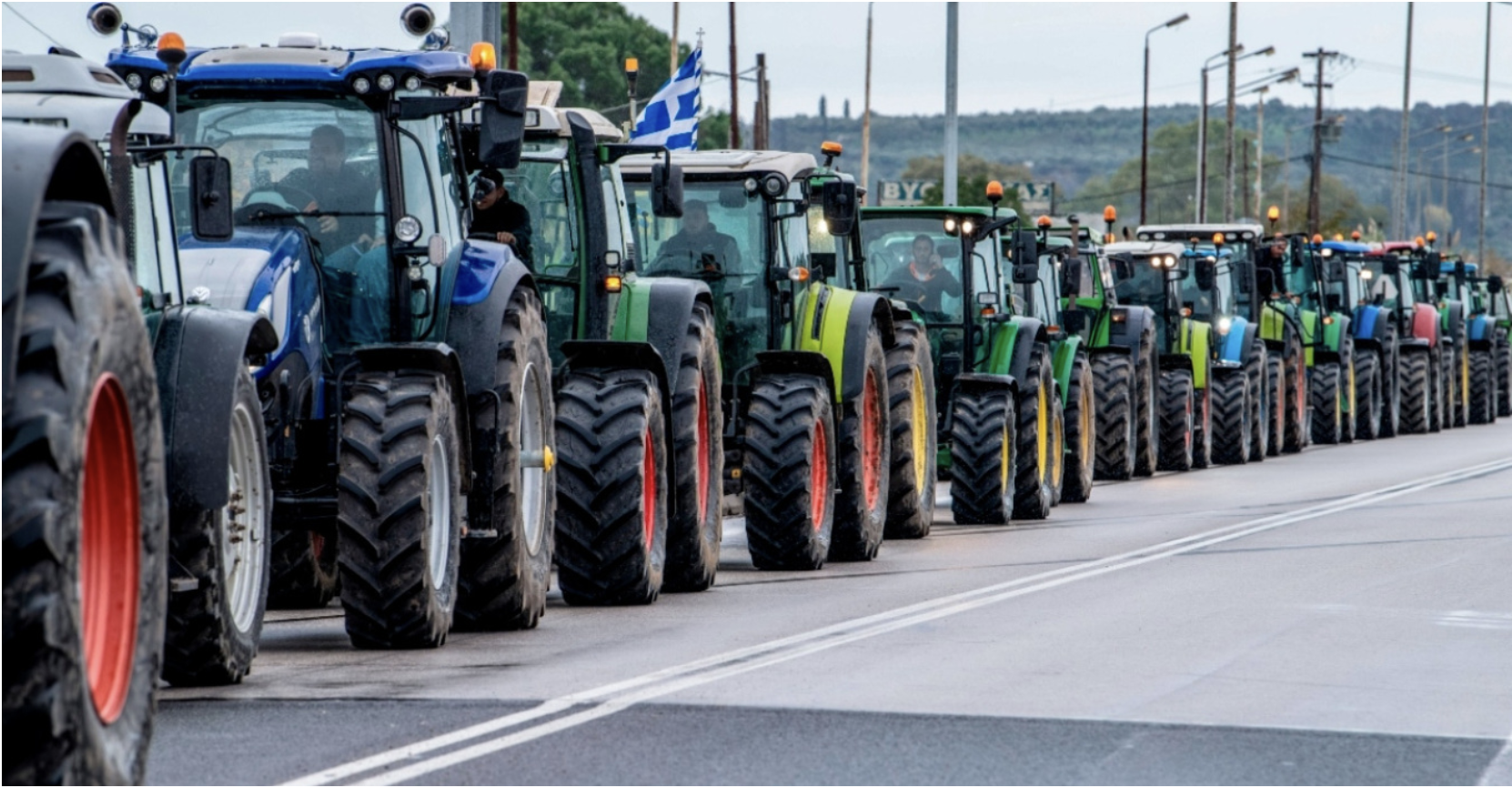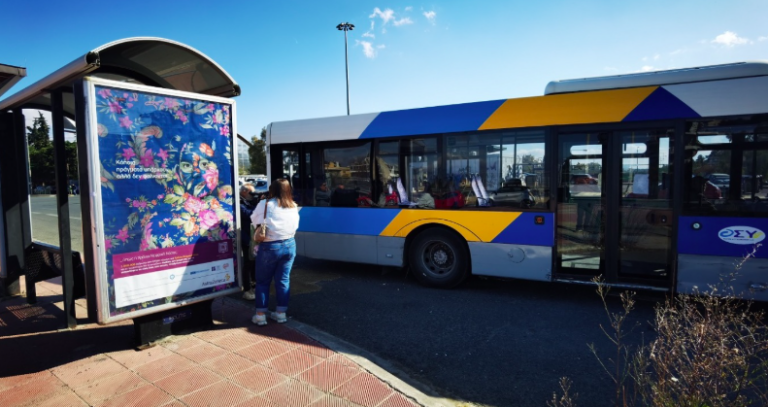Brazilian authorities are seeking answers for the causes of the crash of the ATR-72 Voepass plane, which resulted in the deaths of 61 people—according to a recent announcement from the airline—as the black box has been found.
According to the FlightRadar24 website, the area where the twin-engine plane was flying, carrying 57 passengers and a four-member crew, had a warning for a “serious likelihood of ice” at altitudes between 12,000 and 21,000 feet. The plane was at 17,000 feet shortly before the crash.
As explained by Sky News, this warning pertains to water droplets that freeze and accumulate on the wings and propellers, causing issues with the plane’s performance by reducing thrust and/or lift and increasing drag.
On their part, Voepass’s director of aviation services told reporters that although there were forecasts for ice, they were within acceptable limits for this type of aircraft.
According to the head of Brazil’s aviation accident investigation committee, the aircraft that crashed is “certified in several countries to fly in icing conditions, some of which experience more severe icing impacts.”
The twin-engine ATR-72 was on a flight from Cascavel in the state of Paraná to Guarulhos Airport in São Paulo.
The last signal received from the aircraft was about an hour and a half after takeoff. During the final 60 seconds of the flight, its transponder showed a vertical descent toward the ground, as it lost altitude from 8,000 to 24,000 feet per minute.
Notably, the plane crashed in the yard of a house, but no residents were injured in the crash. Only one house was damaged in the residential area where the accident occurred, city officials from neighboring Valinhos reported.
Ask me anything
Explore related questions





